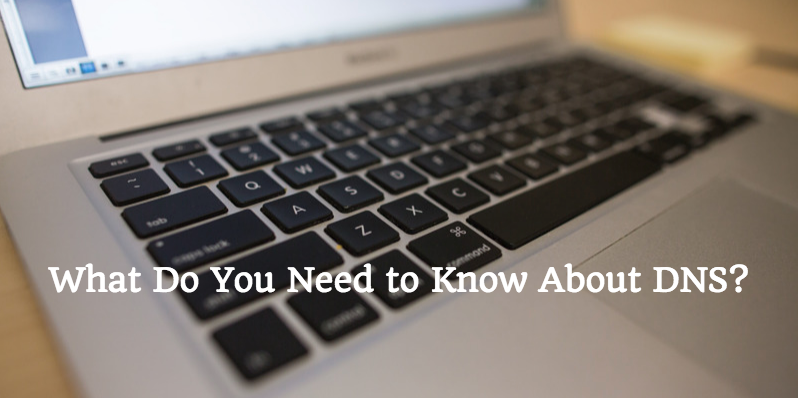
The concept of using domains to represent web addresses is a fairly simple one. Numerical IPs, which mark these addresses, are pretty difficult to remember. Domains make it possible to use something short and simple like “Google” or “Facebook” to access a website rather than having to rattle off several numeric strands. Let’s face it – they get confusing! Domains are attached to certain IPs using Domain Name Servers, or DNS for short.
What Are DNS?
Simply put, DNS simply document and arrange IP addresses appropriately. They associate confusing IP addresses, which appear in numeric strands such as “123.12.12.123”, with domains that are chosen by site owners, webmasters or network administrators. That’s why you’re able to pull up all your favorite sites by simply entering their name into your browser.
It is also important to remember that DNS does more than make surfing the web more convenient to end users. They serve a web function as well. DNS are used to help the network locate and transfer the appropriate data when requests are made. While it’s easier for humans to remember names or words than strings of numbers, it doesn’t necessarily make a difference to a computer. DNS, however, help to provide that data when it is requested by bridging the gap, so to speak, between numeric IP addresses and actual customer queries. The connection made between these is created by the proper configuration of DNS Records.
Understanding DNS Records
DNS Records are different elements within a DNS. You can think of these as the moving parts that the person managing the server must configure. It’s also important to be very thorough when updating DNS records, because changes in these records can take a server offline for as long as 72 hours. You certainly don’t want to discover a mistake after you’ve finished making changes only to have to start all over!
A Records
A Records stand for “Address Records.” These are fairly easy to understand. A Records simply associate hostnames and IP addresses, directing requests appropriately between the two.
NS Records
NS Records are short for “Name Server Records.” These are probably the most important DNS records for for anyone managing a server to understand. They dictate which name servers have been granted authority over the domain. You can think of them as being the guiding force that actually points a domain to its proper server.
PTR Records
PTR Records stand for “Pointer Records.” These are used as a sort of reverse lookup tool. These records rely on the zone information within the named.conf file.
MX Records
MX Records are what enable mail to pass between servers and the domains associated with them. They can also be configured to serve as a filter if you manage your own domain’s DNS settings.
CNAME Records
CNAME Records are what allow servers to be recognized by a hostname (or in some cases, multiple hostnames). Domains cannot be connected to servers without proper CNAME Records. These are also necessary to create subdomains. It’s also worth mentioning that some people refer to the hostname as the “canonical” or “official” name.
Web Host Name
DNS Configuration cannot be completed without updating the web host’s name in your records. This is what actually ensures that visitors reach your website as opposed to some other online destination. When your host name is updated, it may take up to 72 hours for your server to come online because most DNS only scan for updates periodically rather than monitoring them consistently. Your changes won’t actually be acknowledged or acted upon by the server until it reviews all information in one of these periodic scans.
What Makes DNS So Important?
The internet as we know it relies very heavily on DNS. The web has become increasingly focused on “User Experience” and that’s because users have enough options now to only spend their time online doing things they enjoy. People have the power to use the web how they want to. Most people would’ve probably abandoned going online a long time ago if we would’ve had to rely on navigating by using only IP addresses. The web as we know it may not even exist because so few people would have had the patience to only use IP addresses!

